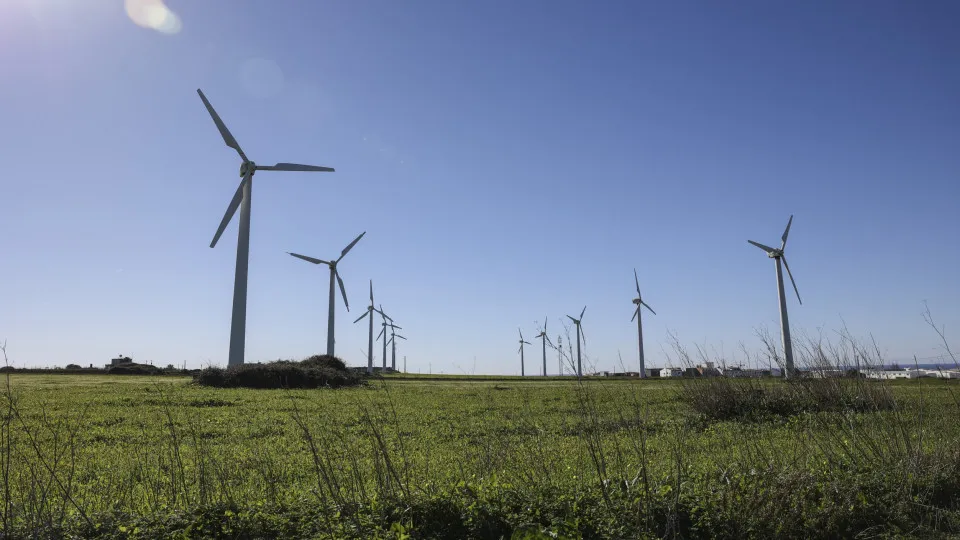
Portugal is among the countries where the impact of European Union (EU) funds will be most significant, with the Recovery and Resilience Plan (PRR) providing a “considerable” boost to fiscal policy, according to the European Commission.
The autumn forecasts released today in Brussels provide an analysis of the EU funds’ impact, indicating that it “is expected to vary significantly between Member States,” with Portugal being one of the main beneficiaries.
“Across the EU as a whole, it is anticipated that public spending financed by EU grants will increase by 0.2% of Gross Domestic Product (GDP) between 2024 and 2026. However, an increase of more than 1% of GDP is expected in Bulgaria, Greece, Latvia, Poland, Portugal, and Slovakia,” states the document.
However, post these increases, a decrease is anticipated between 2026 and 2027, which “is influenced by the relative size of the respective PRR allocations and cohesion policies of the Member States,” expecting some countries “with larger PRR allocations (such as Greece, Portugal, and Spain) to record larger drops in EU grant-funded spending in 2027.”
Brussels further concludes that fiscal policies will be considerably heterogeneous among Member States in 2026, ranging from a contractionary policy of around 3% of GDP in Romania to an expansionary policy of about 3% in Estonia.
“Expenditure financed by PRR grants and other EU funds is expected to provide considerable expansionary contributions to fiscal policy in Bulgaria, Portugal, Poland, and Greece,” the Commission notes in a document predicting that Portugal will achieve a balanced budget this year and a 0.3% deficit in 2026.
These forecasts are more pessimistic than the Government’s projection, which points to a 0.3% GDP surplus this year and 0.1% in 2026.
The Commission highlights that “nationally funded investment is expected to remain steady or increase in most countries, with particularly large expansions in Estonia and Lithuania, also due to defense spending.”
Conversely, “net current expenditure financed by national budgets is expected to contribute to contraction in ten EU countries, with significant constraints in France, Malta, Austria, Finland, Poland, and especially Slovakia and Romania,” concludes the Commission.
Brussels also analyzed the impact of US tariffs, concluding that Portugal is among the countries with the lowest exposure to these tariffs.
“Malta, Croatia, Estonia, Portugal, and France are less exposed as they have low effective tariff rates and limited exports to the US,” the document states.
Effective tariff rates vary significantly among Member States, from 3.2% for Ireland to 29.5% for Luxembourg, depending on the products most exported by the countries.
“Countries whose main exports are steel, aluminum, iron, medium and heavy vehicles, and machinery face the highest rates, while countries exporting primarily goods currently exempt from US tariffs, such as aircraft and pharmaceuticals, are at the lower end of the ‘ranking,'” explains the Commission.




